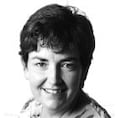Ballymun is Michael Keating's home town and he knows that what he sees there is not what everyone else sees.
The bus driver and wildlife photographer, who grew up in the eight-storey “flats” on Sillogue Road, has spent a lifetime observing some of nature’s most stunning specimens right on his doorstep.
When most people see IKEA they think affordable home improvements, but Michael thinks of the kestrels and buzzards that frequent that area. “The land around there isn’t developed, so it is great hunting ground because of the rats and rabbits,” he said.
When Michael is ferrying passengers from the Metro hotel in Ballymun to Dublin airport, he doesn’t see traffic snarl-ups – he sees swooping birds of prey who regularly feed off the roadkill on the M1 and the M50.
The demolition of the seven 15-storey tower blocks, which were synonymous with Ballymun, meant the end of an era for many people, both those who missed the sense of community in the flats and those who associated them with deprivation and neglect. For 45-year-old Keating, a member of Birdwatch Ireland since he was a child, the site of the former tower blocks is now a wildlife haven and he is keen to record as many specimens as he can before the next wave of development.
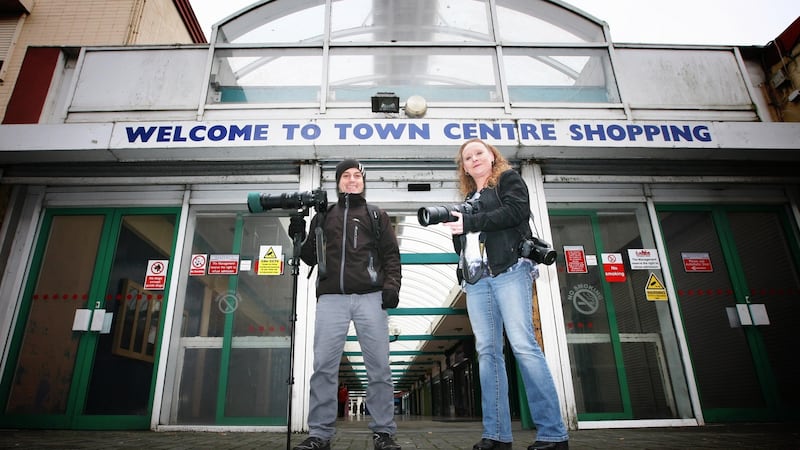
When he set up the Facebook page "Ballymun Wild-Life", Keating was hoping to alert others in the community to the treasures of nature on their urban doorstep. The page, which has been admired by Emmy award-winning wildlife filmmaker Colin Stafford Johnson, and composer and artist Stano, is a showcase for the work of Keating and another talented Ballymun photographer, Jenny Ryan.
Their catalogue of sparrowhawks, butterflies, barn owls, foxes, emperor dragonflies, hummingbird hawk-moths, yellowhammers, and bees prompted one Facebook fan to comment “there seems to be more wildlife in Ballymun than in the Phoenix Park”.
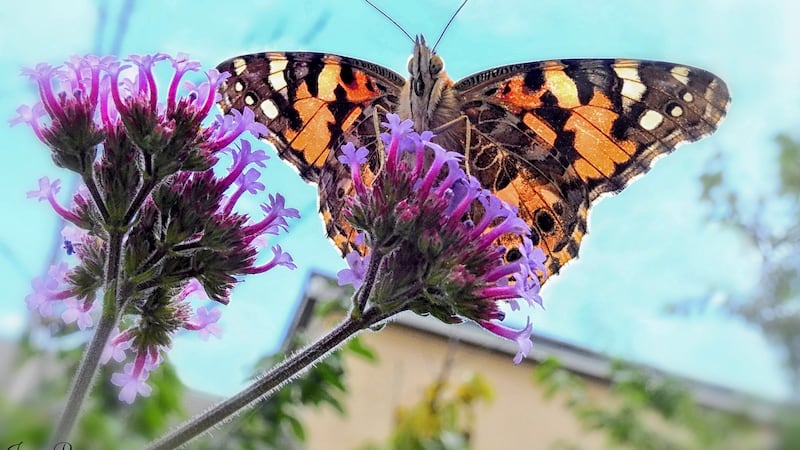
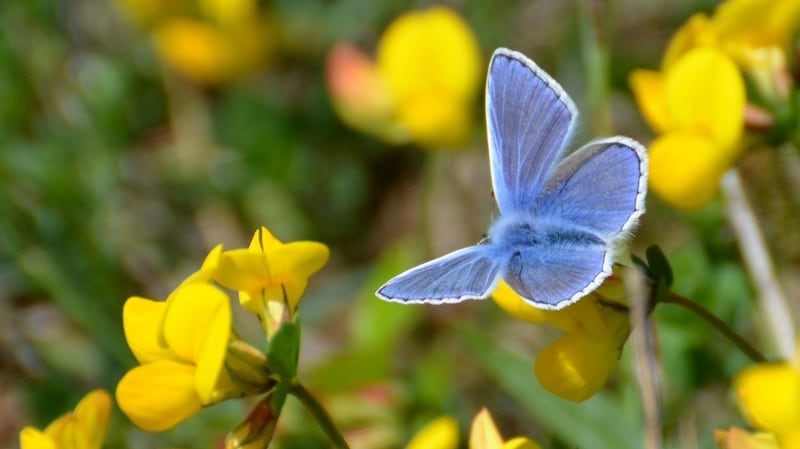
“I know this isn’t the image of Ballymun most people have but that’s what the page is all about,” said Keating. “I have three boys and I want to show them and others this other side of Ballymun.
“You can see a sparrowhawk chasing a pigeon at the old shopping centre – you can’t get any more wildlife than that,” he remarked.
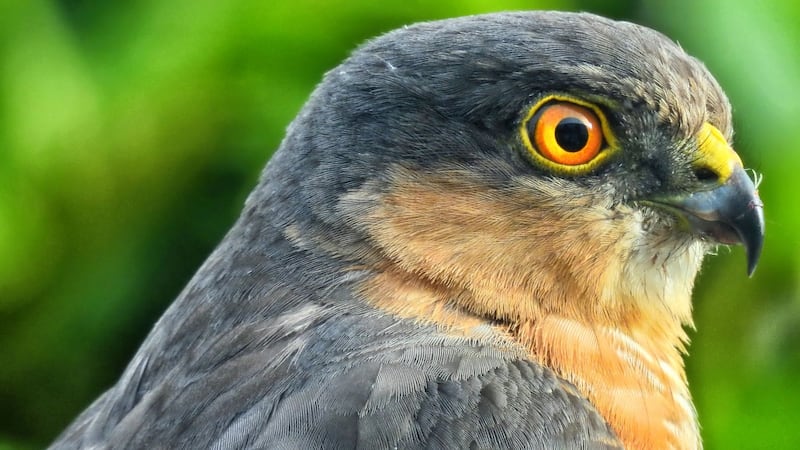
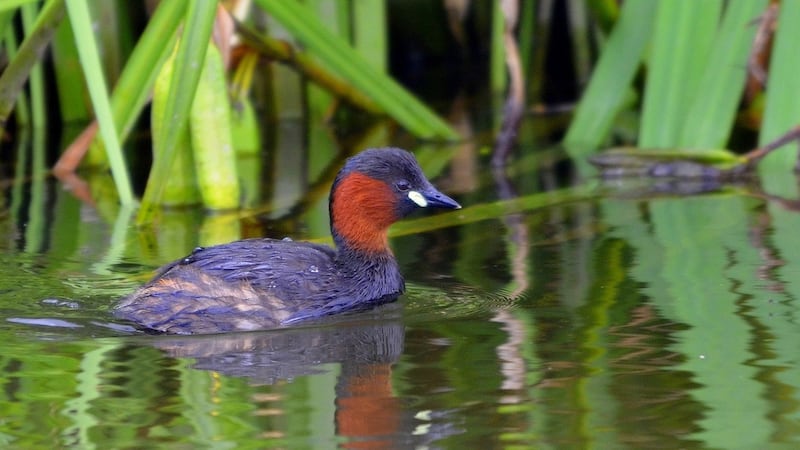
Ryan, who got her first camera at 14, agrees. “We get a lot of negative publicity but I love where I live,” she said.
She can see siskins, willow warblers and sparrowhawks from her back door, and for her, Ballymun means wildlife, even in the most incongruous places such as the well-known “7 pitches” or beside the NCT centre.
“I have a passion for butterflies,” she admits. So much so that she has selected an array of plants for her garden including buddleia, verbena, sedum, phlox, lavender and wallflowers, to entice her favourites.
Keating has been getting a bit of media attention with photographs of a deer licking a butter tub, a Brent goose on Bull island sticking his tongue out and a “smoking hare” at Dublin airport making a number of national newspapers.
The bus driver was on his own smoke break when he was stunned to see the hare strolling past with what appeared to be a cigarette butt hanging out of its mouth. “It was actually a tooth which had not grinded down,” said the bus driver, whose curiosity about all creatures great and small informs his photography.
An exhibition of Keating’s work opens at Ballymun’s Axis theatre on January 10th for a three-week run.

